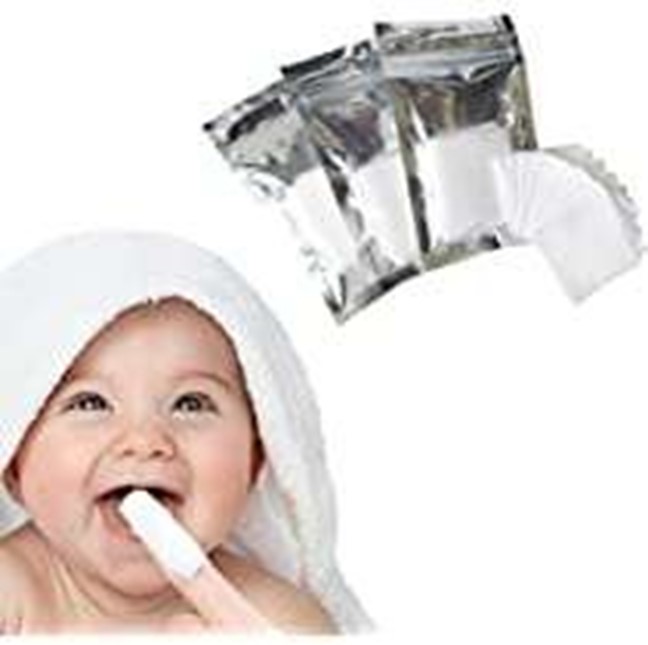A nurse in the emergency department is assessing a toddler who has hyperpyrexia, severe dyspnea, and is drooling.
Which of the following actions should the nurse take first?
Administer an antibiotic to the toddler.
Obtain a blood culture from the toddler.
Insert an IV catheter for the toddler.
Prepare the toddler for nasotracheal intubation.
The Correct Answer is D
The nurse should prepare the toddler for nasotracheal intubation first because the toddler is experiencing severe dyspnea and drooling, which are signs of airway obstruction.
Nasotracheal intubation will help to secure the toddler’s airway and improve their breathing.
Choice A is wrong because administering an antibiotic is not the priority intervention for a toddler with airway obstruction.
Choice B is wrong because obtaining a blood culture is not the priority intervention for a toddler with airway obstruction.
Choice C is wrong because inserting an IV catheter is not the priority intervention for a toddler with airway obstruction.
Nursing Test Bank
Naxlex Comprehensive Predictor Exams
Related Questions
Correct Answer is D
Explanation
Cleanse the gums with saline-soaked gauze.
This can help keep the mouth moist and clean, which is important for preventing infection and promoting healing of oral ulcers caused by chemotherapy.

Choice A is wrong because routine oral care should be performed more frequently than every 8 hours.
Choice B is wrong because lemon glycerin swabs can dry out and irritate the mucosa.
Choice C is wrong because oral viscous lidocaine should not be used in children due to the risk of toxicity.
Correct Answer is A
Explanation
The nurse should request verbal consent from the client for STI testing.
All 50 states and the District of Columbia explicitly allow minors to consent for their own STI services.
Choice B is wrong because it is not necessary to contact the client’s parents to obtain phone consent.
Choice C is wrong because it is not necessary to postpone the testing until the client’s parents are present.
Choice D is wrong because written consent is not required for STI testing.
Whether you are a student looking to ace your exams or a practicing nurse seeking to enhance your expertise , our nursing education contents will empower you with the confidence and competence to make a difference in the lives of patients and become a respected leader in the healthcare field.
Visit Naxlex, invest in your future and unlock endless possibilities with our unparalleled nursing education contents today
Report Wrong Answer on the Current Question
Do you disagree with the answer? If yes, what is your expected answer? Explain.
Kindly be descriptive with the issue you are facing.
